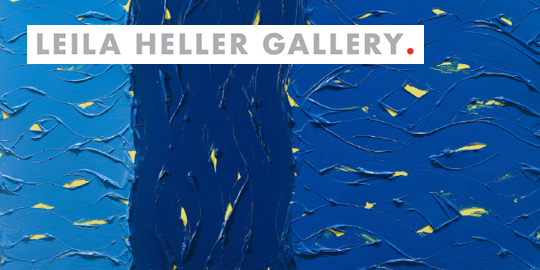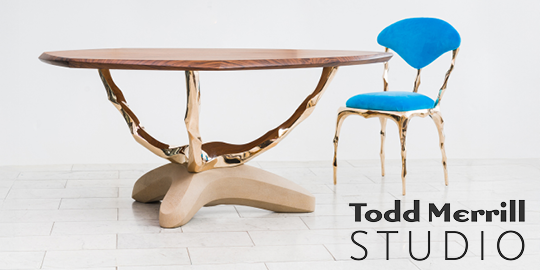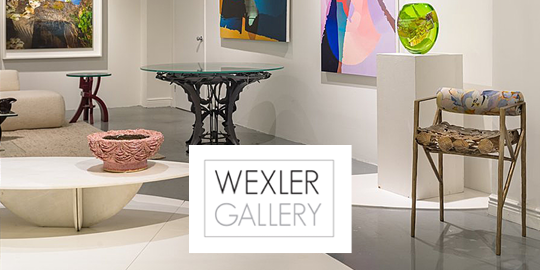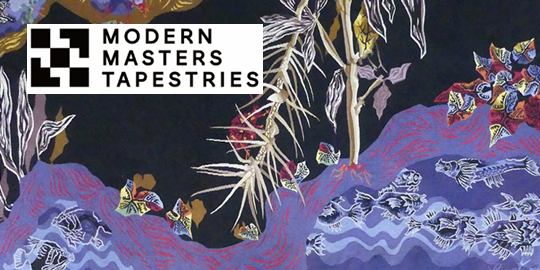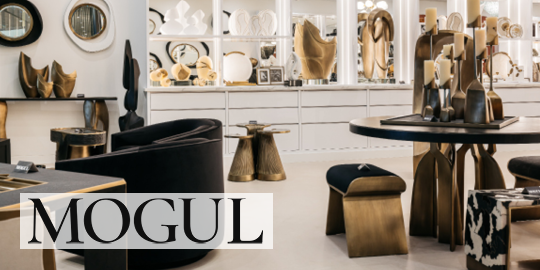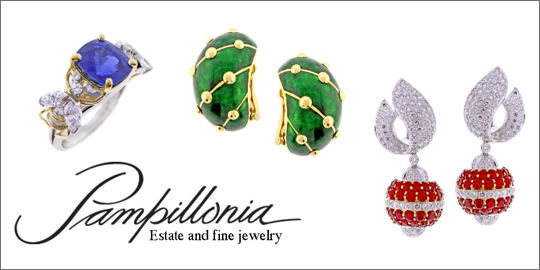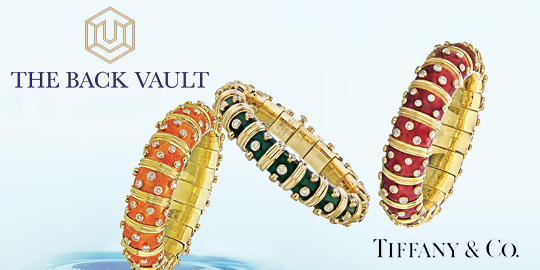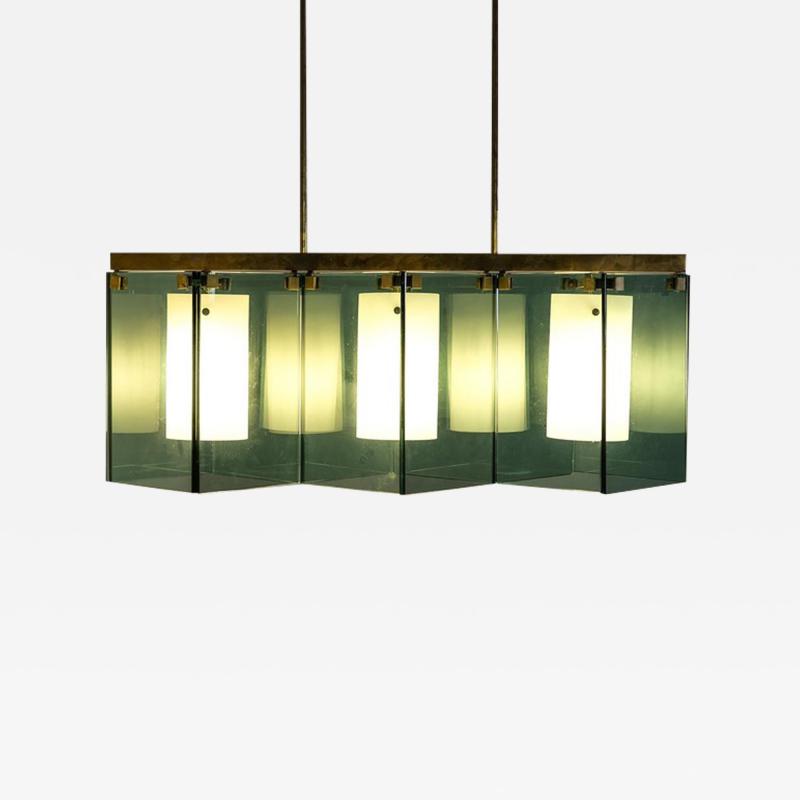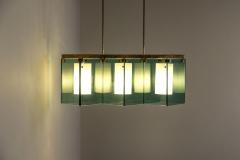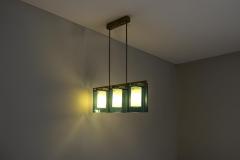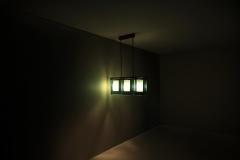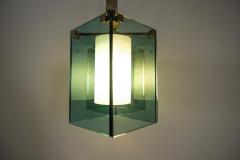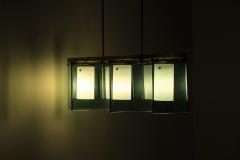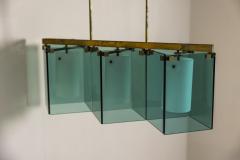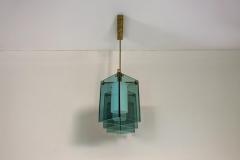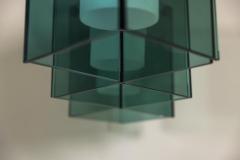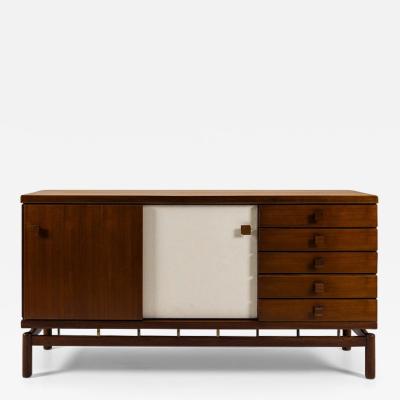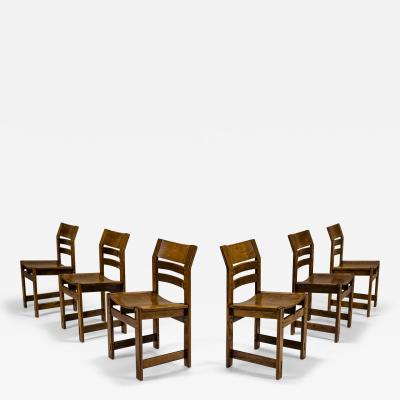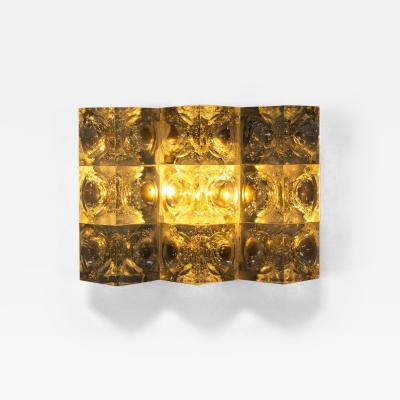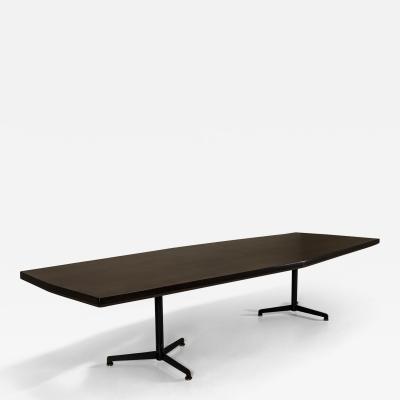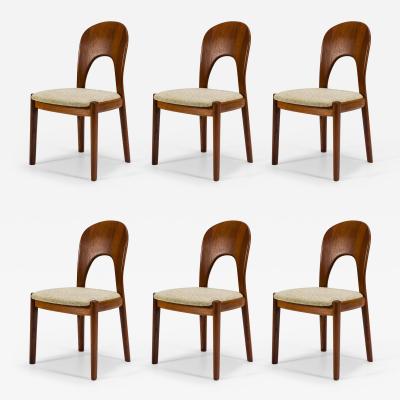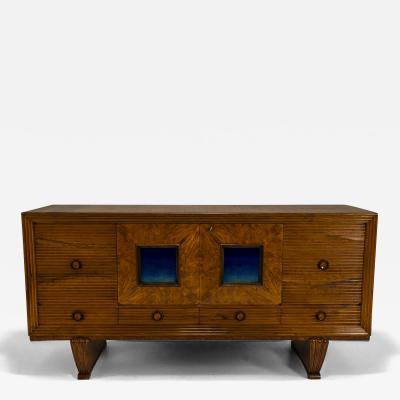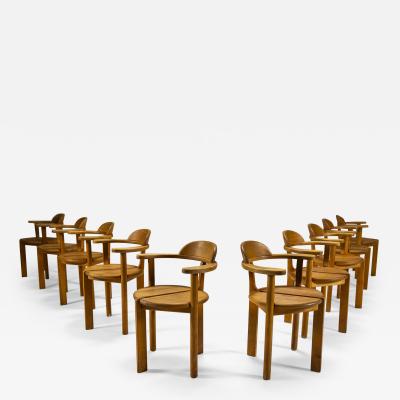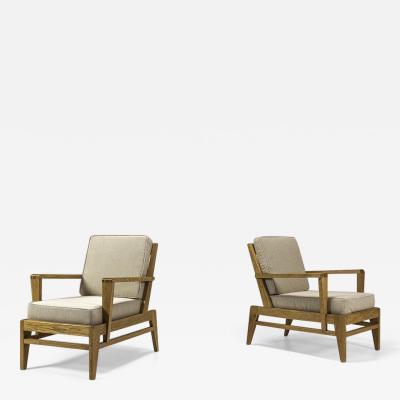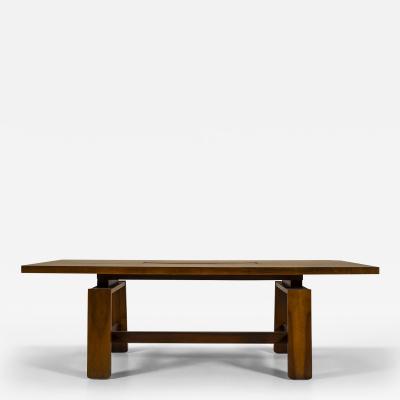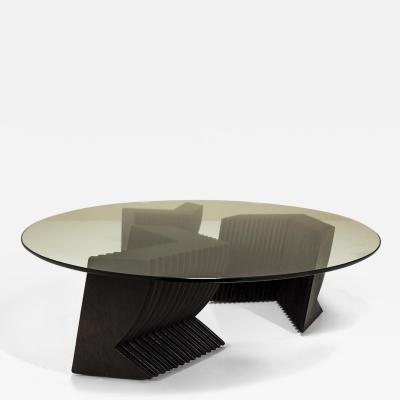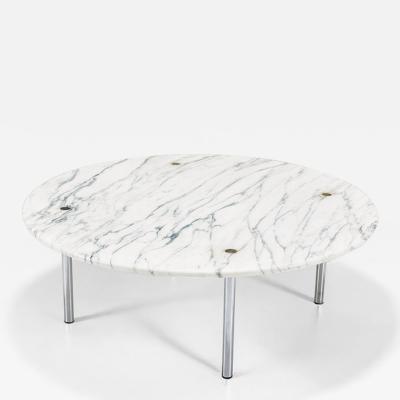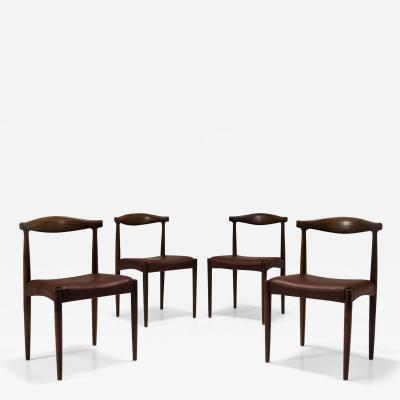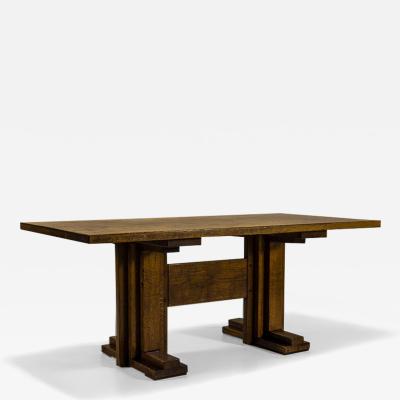Chandelier Model 2128 by Max Ingrand for Fontana Arte, Italy 1964
-
Description
Renowned French decorator and master glassworker Max Ingrand (1908-1969) studied at the École des Beaux-Arts in Paris. As artistic director of Fontana Arte from 1954, he designed some of the brand’s most celebrated lighting pieces—many of which remain sought-after design classics today.
Design
This rare and magnificent chandelier, designed by Max Ingrand for Fontana Arte in 1964, known as Model 2128, features a striking combination of two rectangular and eight square translucent green (Verde Nilo) crystal glass panels, complemented by three satin opaline glass diffusers.
The layered design creates a mesmerizing effect, as the green crystal glass panels beautifully reflect the soft glow of the opaline diffusers, giving the illusion of floating light sources. Suspended from two brass rods with a matching canopy, the chandelier seamlessly balances geometric precision with a warm, ambient glow.
A true statement piece, this chandelier showcases Fontana Arte’s dedication to refined materials and sophisticated design.
Condition
With minor wear consistent with age, it remains in very good condition, ready to enhance any interior with its iconic 1960s Italian elegance.
Literature
* Franco Deboni, Fontana Arte: Gio Ponti, Pietro Chiesa, Max Ingrand, Turin, 2012, p. 25, fig. 23 for the present model in the interior of a Fontana Arte showroom
* Laura Falconi, Fontana Arte: Una Storia Trasparente, Milan, 1998, p. 123 for an advertisement with a similar example
* Pierre-Emmanuel Martin-Vivier, Max Ingrand, Du Verre a La Lumière, Paris, 2009, p. 222 -
More Information
Documentation: Ample Provenance Origin: Italy Period: 1950-1979 Materials: Glass, Brass Condition: Good. Styles / Movements: Modern, Mid Century, Minimalist Incollect Reference #: 789021 -
Dimensions
W. 31.5 in; H. 43.31 in; D. 10.63 in; W. 80 cm; H. 110 cm; D. 27 cm;
Message from Seller:
AtKris Studio has a passion for 20th century design and searches for the inspiring stories hidden behind a piece of furniture. Ranging from an Art Deco bar cabinet from the 1920s, or a Danish Design coffee table by Nanna Ditzel, to an iconic Italian Gio Ponti desk.


